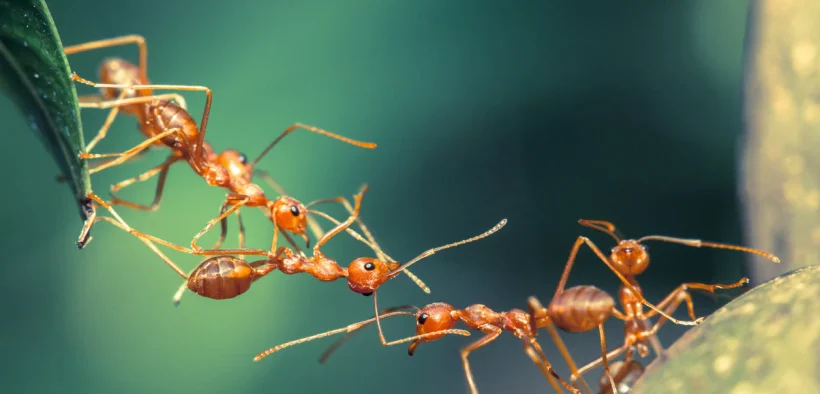In a surprising and thought-provoking discovery, scientists have uncovered that ants—tiny insects often seen scurrying about in perfect coordination—live under a strict caste-based system that determines their destiny from the moment they are born.
Advertisements

The study, recently published in India Today, reveals that ants don’t just function based on instinct or learned behavior. Instead, their roles within the colony—whether as foragers, soldiers, caretakers, or queens—are pre-decided based on their genetic makeup and environmental cues during development. It’s nature’s version of a social hierarchy, eerily mirroring caste systems seen in many human societies.
Researchers found that even within the same species, ants show a rigid division of labor. While some are biologically wired to become workers who toil endlessly for the colony, others are groomed for leadership—rising as reproductive queens. These roles are not fluid; an ant born into a particular caste cannot shift roles, no matter the circumstances. This caste destiny is reinforced by chemical signaling and social reinforcement within the colony.
Interestingly, this structure isn’t necessarily oppressive in the ant world—it’s how the colony survives. The roles are interdependent, and the success of the entire group depends on everyone doing their part without questioning the system. Yet, from a human lens, the lack of choice and mobility strikes an uncomfortable chord.
Dr. Nidhi Rao, a behavioral ecologist involved in the research, commented: “We’ve always marveled at how organized ant colonies are, but this study shows that this organization comes at the cost of individual freedom. Each ant is biologically programmed to serve a purpose—and that’s it.”
The comparison to human societies is hard to miss. While caste in ants is about biological utility, human caste systems have been a source of inequality and discrimination. The parallel, though unintentional, opens up conversations about how hierarchical structures exist across species, but their ethical implications vary dramatically.
This revelation also deepens our understanding of how social order evolves in nature, especially among eusocial animals like ants, bees, and termites. It challenges the idea that complex social systems are a uniquely human trait and invites us to look more closely at how nature organizes itself—with both efficiency and hierarchy.
So next time you see an ant, remember: that tiny creature may already be living out a predetermined role it never chose, navigating a world structured by fate and biology.
In the end, the study is not just about ants—it’s about how destiny, duty, and identity are intertwined, even in the smallest lives. And perhaps, how we as humans reflect nature more than we realize.

